Brace yourselves. You are about to hear talk this week of an astronomical non-occurrence of the utmost in obscurity. We’re talking about this weekend’s Blue Moon.
Now, I know what you’re thinking. Isn’t a ‘Blue Moon’ the second Full Moon of the month? How can a Blue Moon fall on the 21st? Trust me, we’re both correct… in a sense. The term ‘Blue Moon’ has taken on several meanings over the last few decades, with the ‘the second Full Moon in a calendar month containing two Full Moons’ now in vogue across ye old Internet. It seems the masses just can’t get enough of Super, Blood, Honey and Moons Black and Blue. We point to last month’s rumored ‘Green Moon‘ as evidence. (Spoiler alert: it wasn’t).
No, we’re talking instead of a Blue Moon in an old-timey sense. You’ll be hard pressed to explain source of this week’s Blue Moon for sure, though it has a fascinating origin story.
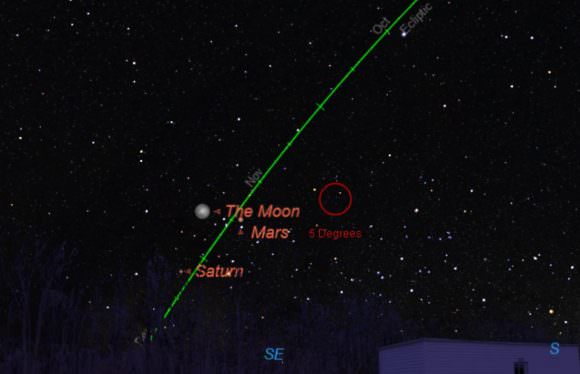
The term seems to come down to us from the Maine Farmer’s Almanac, which denoted the ‘third Full Moon in an astronomical season with four as blue.’ The lunar synodic period of 29.5 days — the length of time it takes the Moon to return to a like phase, such as New to New, or Full to Full — means that on most years, there are 12 Full Moons. 29.5 times 12 comes out about 11 days short of a 365.25 day solar year at 354 days, meaning that about every three years, we have a year with 13 Full Moons.
Not a big deal, you say? Well, it assures that lunar based forms of reckoning time, such as the Muslim calendar loses 11 days relative to the Gregorian calendar every year.
Here’s how the 2016 Blue Moon breaks down:
March Equinox- March 20th 4:30 Universal Time (UT)
March Full Moon- March 23rd 12:02 UT
April Full Moon- April 22nd 5:22 UT
May Full Moon- May 21st 21:17 UT (3rd in an astronomical season, ‘blue’)
June Full Moon- June 20th 11:05 UT
June Solstice- June 20th 22:34 UT
The last time we had a season with four Full Moons was August 21st, 2013, and the next Blue Moon under this rule is May 18th, 2019.
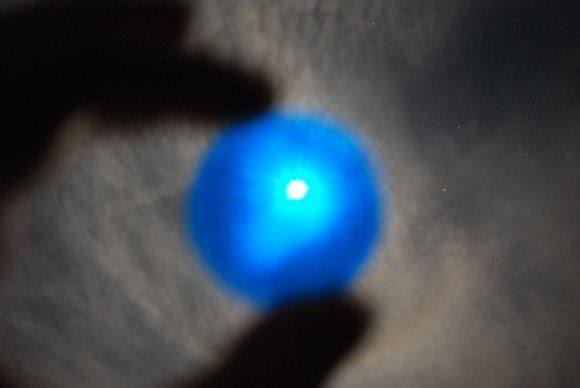
Of course, a deeper riddle is just why the Maine Farmer’s Almanac termed this occurrence as Blue, and why they picked the 3rd of a season with 4 specifically… one legend goes that the extra anomalous Full Moon was depicted on the calendar in blue ink to stand out. We’d love to get our hands on a copy of the Old Maine Farmer’s Almanac circa late 19th early 20th century era to see if this was indeed the case. This is on our list of research projects, next time we find ourselves back in our home state of Maine.
Types of Blue Moons
We’ve chronicled the tales of Moons, both Black and Blue. Sky and Telescope also explored the role they had in introducing the modern day Blue Moon into common vernacular. We’ll admit, the ‘2nd in a month with two Full Moons’ is a much easier rule to explain!
Of course, the Moon isn’t scheduled to actually appear blue this week… that’s actually a much rarer occurrence, and the Moon doesn’t need to even be Full for this to happen. In September 23rd, 1950, the residents of the northeastern United States saw the 94% illuminated waxing gibbous Moon rise with a distinctly bluish cast, owing to the high concentration of oily soot particles suspended high in the atmosphere, scattering out red and yellow light but filtering through blue. Reports of similar Blue Moons dot observational lore, though to our knowledge, no one has actually captured an image of such a cerulean apparition of the Moon.
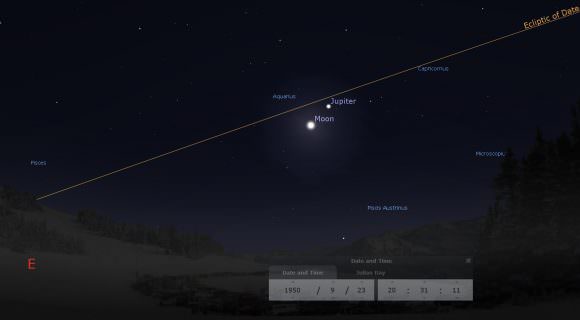
Is the Moon ever really Full? You can make a pretty good argument that the Moon as seen from the Earth is never truly fully illuminated, though it gets really close. Full 100% illumination would occur when the Moon is exactly opposite to the Sun, but when this occurs, the Moon also passes into the dark shadow of the Earth, during a total lunar eclipse.
Fun fact: the next ‘Blue Blood Moon’ lunar eclipse occurs on January 31st, 2018, following the ‘2nd Full Moon in a month with 2′ rule.
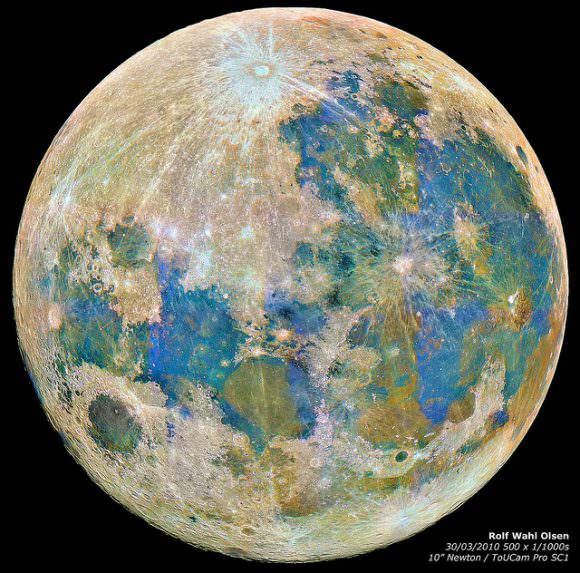
The May Full Moon also has the romantic name of the Full Flower, Corn Planting or Milk Moon in Algonquin Indian lore.
In 2016, the Moon continues to follow a shallow path relative to the ecliptic plane, which in turn traces out the Earth’s path around the Sun. 2015 was the bottoming out of the ‘shallow year’ known as a minor lunar standstill, and we’re now headed towards a hilly or steep year of a major lunar standstill in 2025, a time once every 19 years when the Moon rides high in the sky, adding its 5 degree inclination relative to the ecliptic plane.
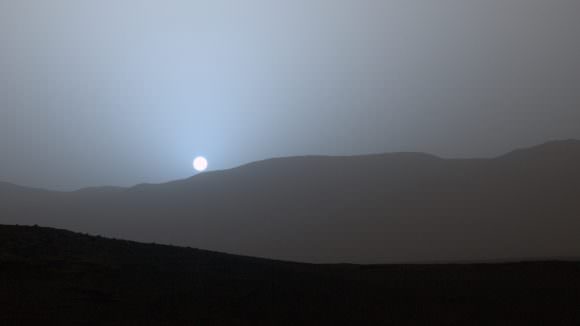
Will this weekend’s olden times Blue Moon gain traction in today’s fast-paced social media news cycle? Stay tuned!

